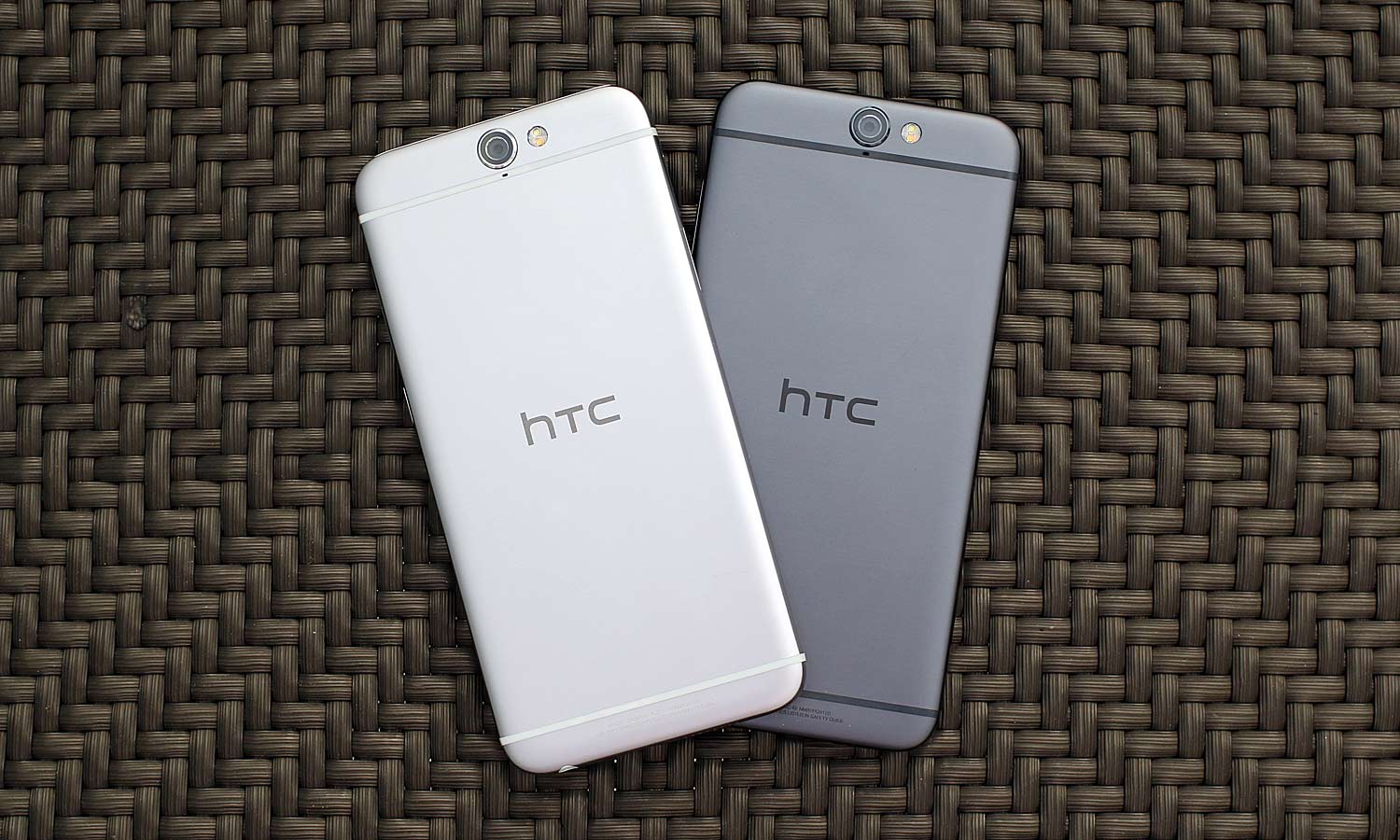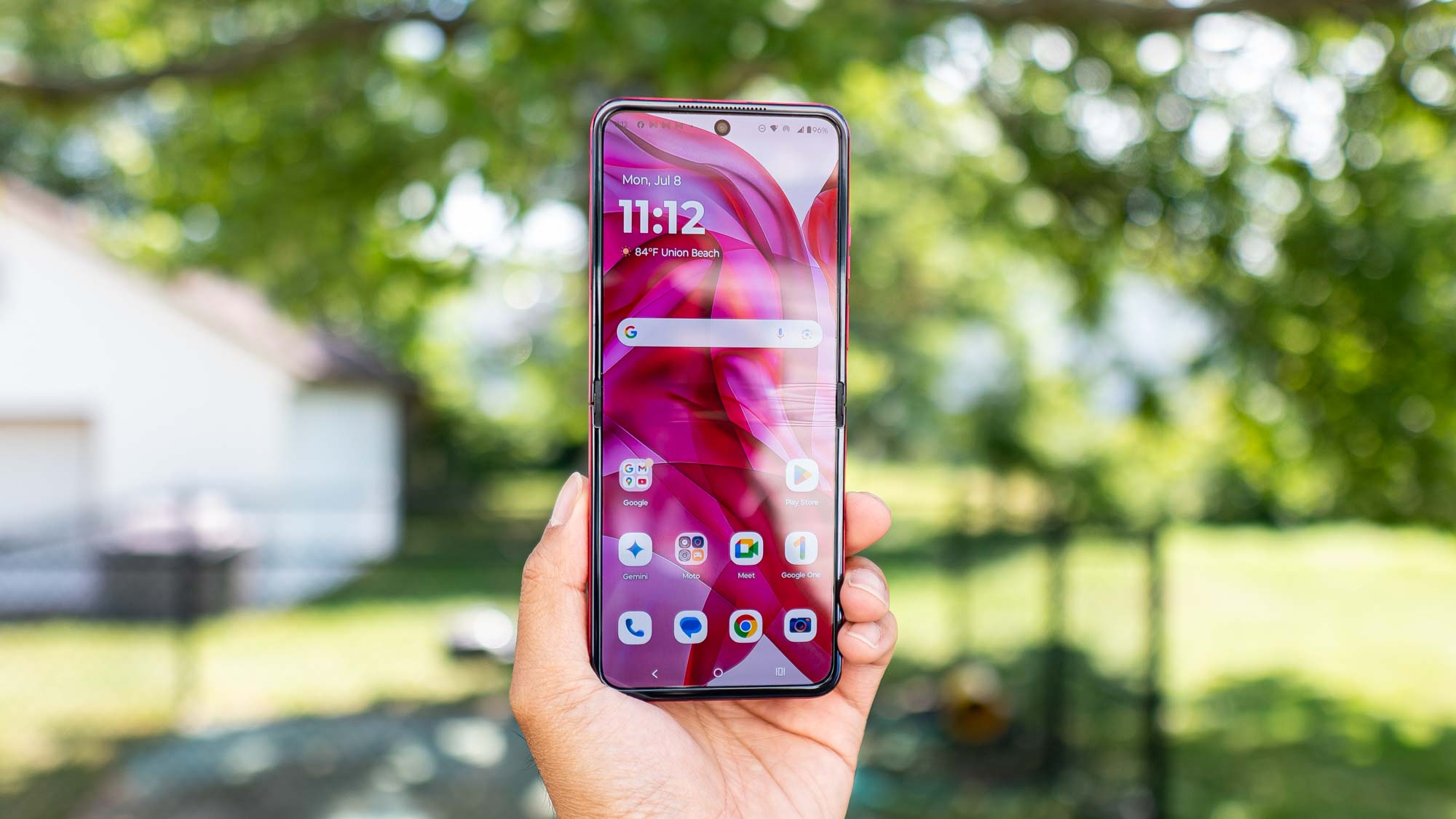Tom's Guide Verdict
The handsome HTC One A9 is a great value, packing Android Marshmallow, a handy fingerprint sensor and good cameras.
Pros
- +
Sleek, premium frame
- +
Fast, convenient fingerprint sensor
- +
Good cameras and editing app
Cons
- -
Below-average performance
Why you can trust Tom's Guide
Somewhere, Jonny Ive is blushing. Just when it seemed like HTC was about to disappear into the ether after the disappointing One M9, the struggling company has debuted a new handset that looks very much like an iPhone. It also happens to be such a good value that it could very well keep HTC alive.
Instead of going after the premium tier, HTC's new One A9 is a midrange smartphone that takes on the rapidly growing unlocked-premium phone market. Priced at $400 (from now till Nov. 6) and $500 after that, the One A9 is a slick-looking handset with solid cameras, a handy fingerprint sensor, an octa-core processor and BoomSound audio (with headphones). This could have been a mid-range phone to beat, but the promotional price should have been permanent.
Update on Nov. 2: The HTC One A9 is now available on AT&T for $0 down and 30 monthly payments of $17.36, 24 monthly installments of $21.67 or $26 for 20 months. With a two-year plan, you can get it for $99 down.
Design: iPhone twin, with some wins
Good luck getting this phone back if you ever misplace it. The HTC One A9 could easily get lost in a sea of iPhones.
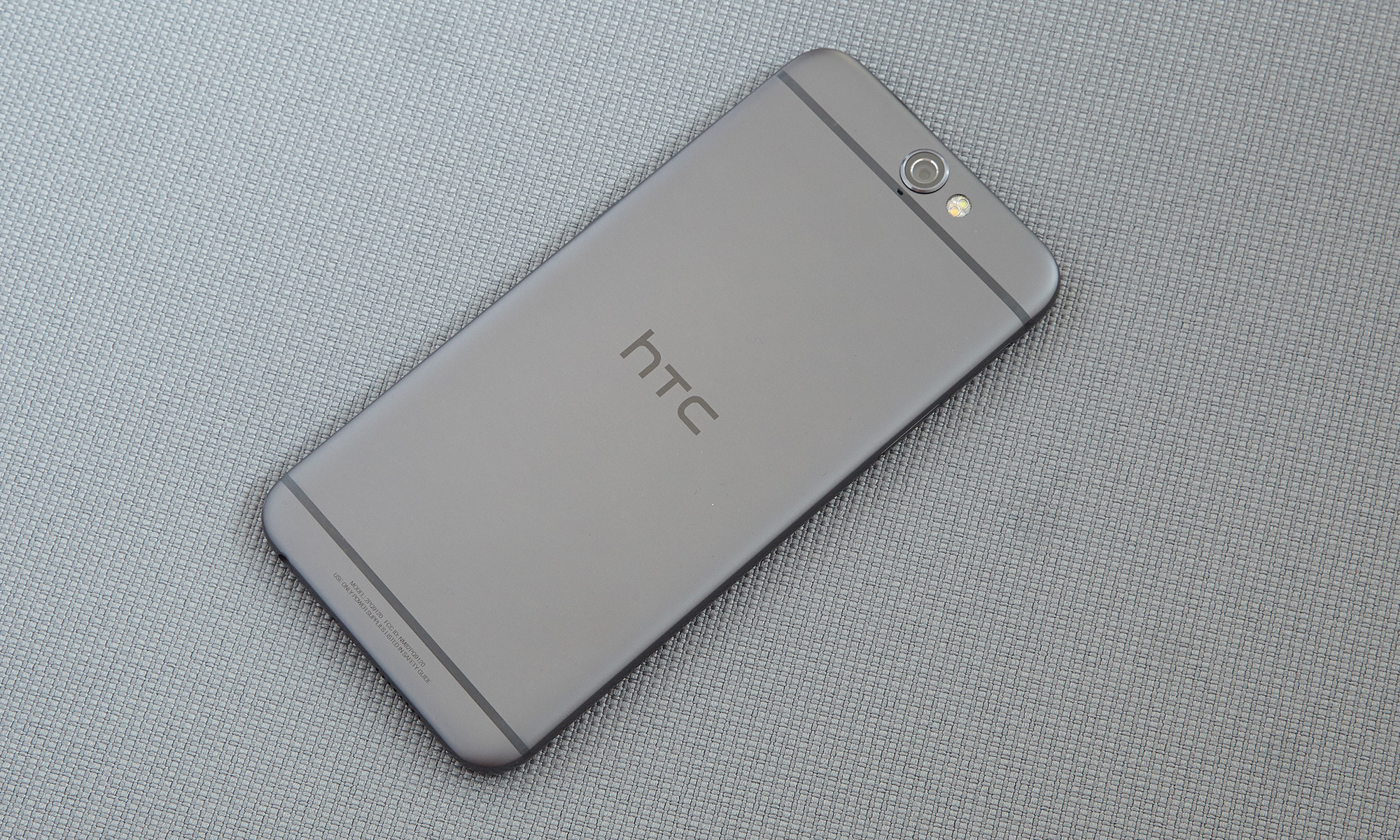
Other than the HTC logo, and a centralized camera and flash on the back, the rounded One A9 looks and feels nearly identical to the iPhone 6s, complete with two bands running across the back for antennas.
MORE: Best Smartphones on the Market Now
HTC has two things over Apple, however. While the black, white/silver and white/gold variants of each brand's phone look the same, HTC's deep berry-red fourth option is classier-looking than Apple's off-bronze Rose Gold variant.
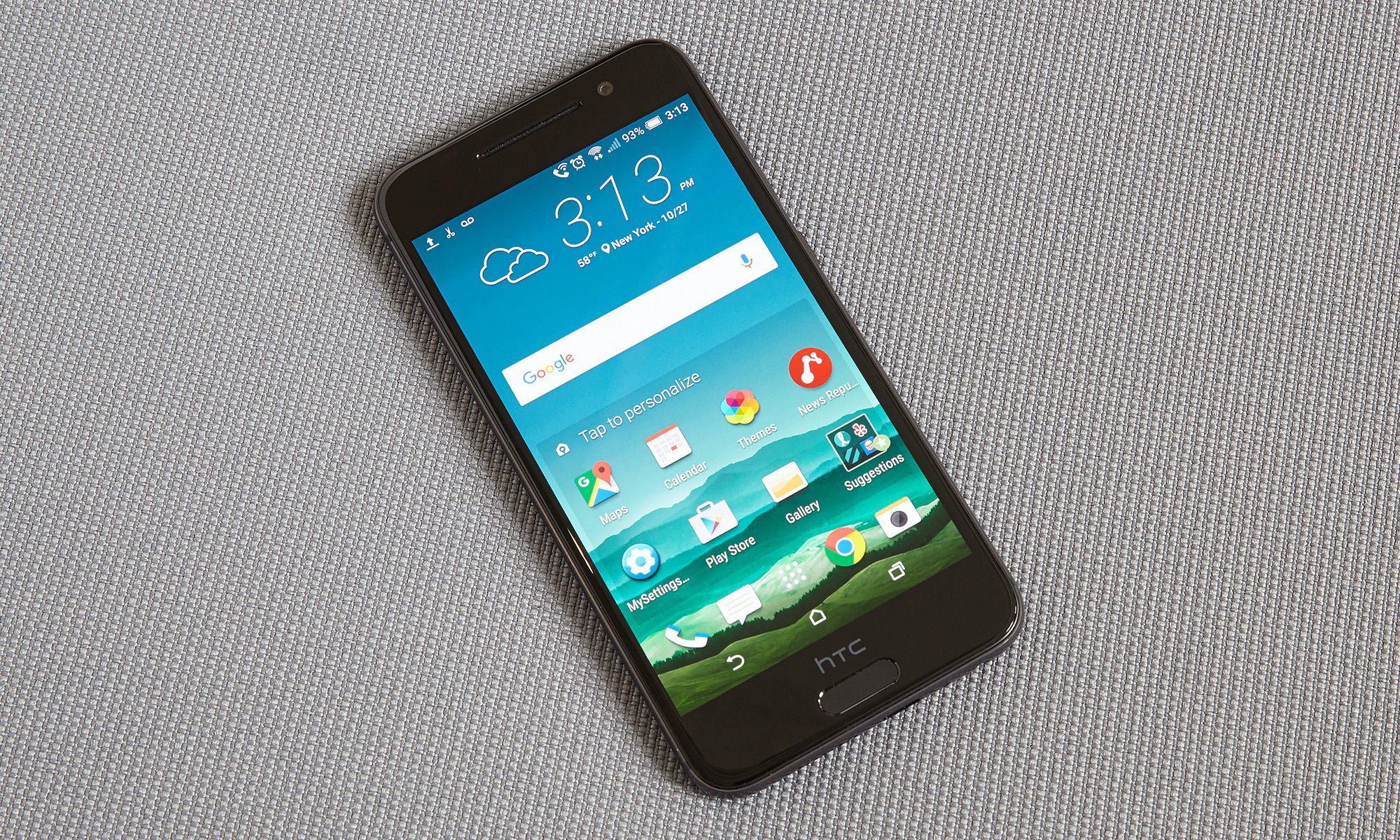
I also prefer HTC's capacitive home button, which lets you go back to the home screen by just laying your finger on it instead of pressing down.
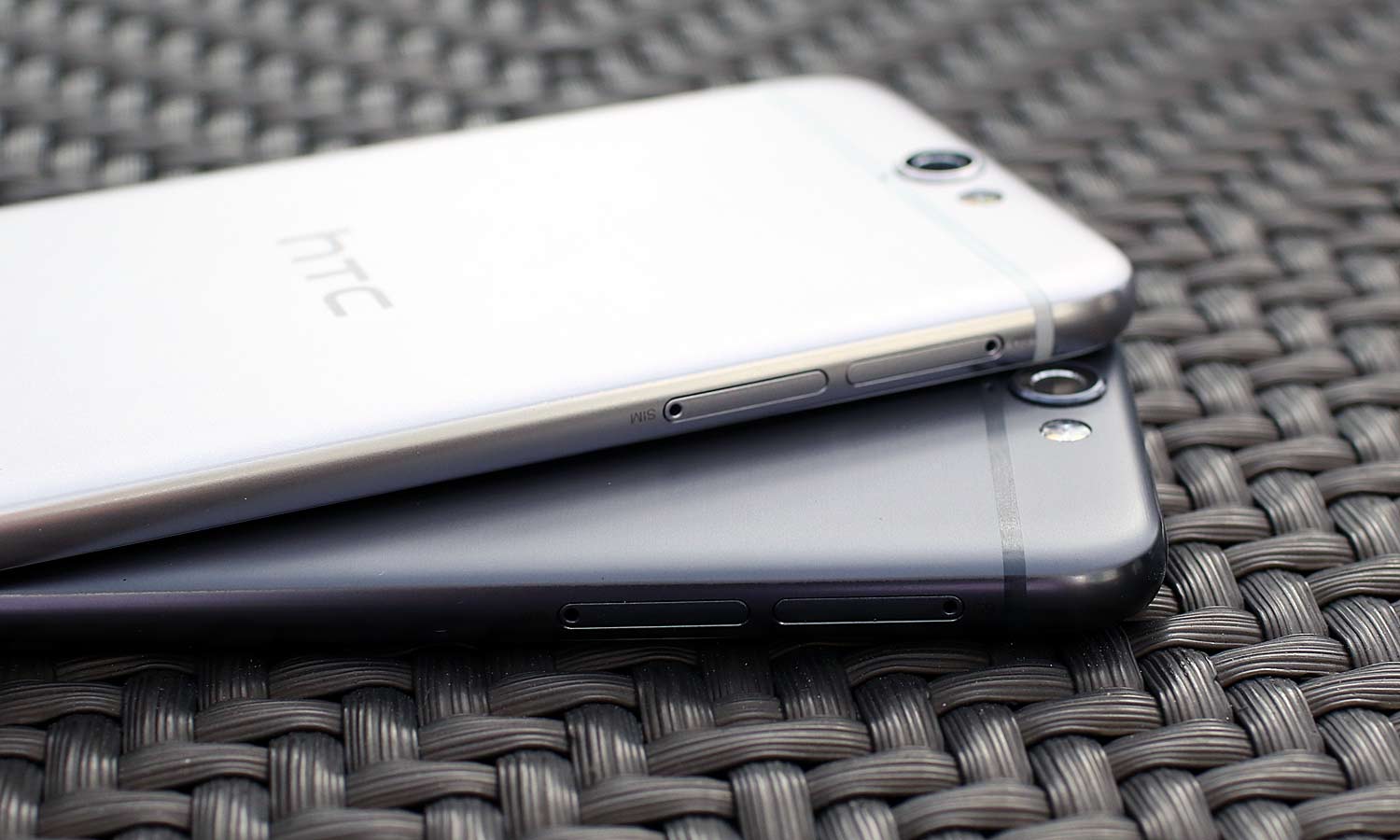
On the One A9's right edge sit a volume rocker and power button. Slots for microSD and micro SIM cards take up the left side, while the bottom houses the device's speaker, micro USB port and audio jack.
At 5.73 x 2.78 x 0.28 inches, the HTC One A9 is one of the smallest phones for the price. The Nexus 5X (5.8 x 2.9 x 0.31 inches), the OnePlus 2 (5.9 x 2.9 x 0.39 inches) and the Moto X Pure (6.05 x 3 x 0.24~0.44 inches) are all much bigger and thicker. However, they also carry larger displays, at 5.2 inches, 5.5 inches and 5.7 inches, respectively.
Weighing 5.04 ounces, the One A9 is also lighter than the 6.2-ounce OnePlus 2 and the 6.3-ounce Moto X Pure, but heavier than the plastic Nexus 5X (4.8 ounces).
Fingerprint Sensor: Convenient unlocking
Joining the ranks of Apple, Samsung, Google and OnePlus, HTC now has a fingerprint sensor on its handset. Unlike the iPhone and Galaxy devices, however, the One A9 doesn't require you to first wake up the device before scanning your digit.
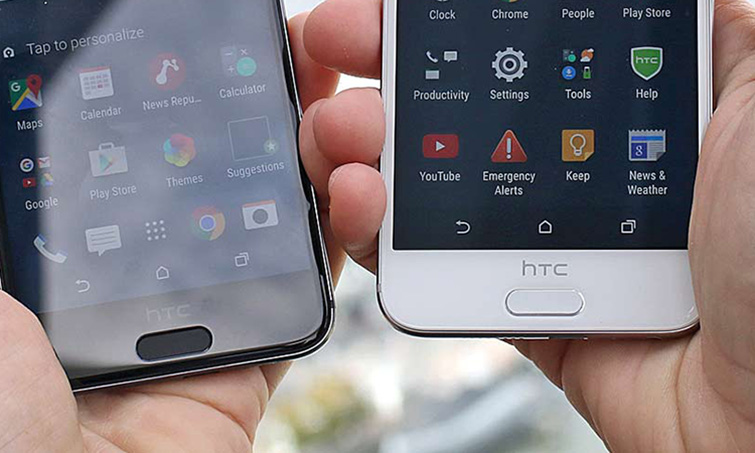
You can simply lay your finger on the capacitive home key, even when the device is asleep, and it will register your print and let you in. I prefer this convenient method of unlocking the phone to those of Apple and Samsung, which require you to press on the home key before scanning your finger.
MORE: Best Cheap Unlocked Smartphones
The system was easy enough set up: I laid my finger on the home button, lifted it, then repeated the process about 10 times for the sensor to register my print. You can use your fingerprint to unlock your phone and authorize transactions via Android Pay and apps that support the Android 6.0 APIs.
Display: Rich, but not brightest
Looking at Facebook photos or watching YouTube videos is a treat on the One A9's 5-inch 1920 x 1080 display.
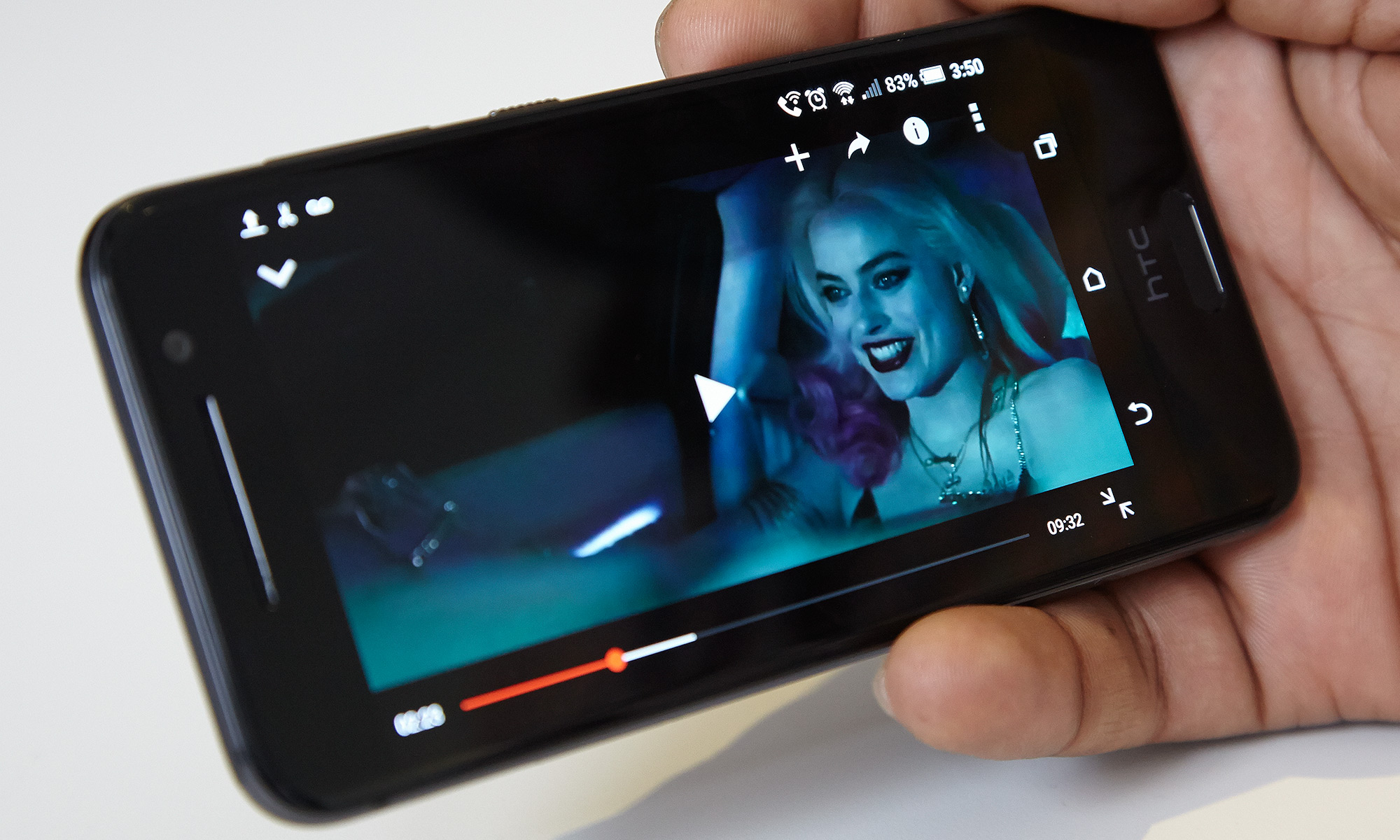
On a 1080p trailer for Star Wars: The Force Awakens, a red lightsaber popped against a dark, rainy background of Kylo Ren and his crew of baddies. Every strand of Chewbacca's fur was visible, as well. Viewing angles were generous, as images did not degrade when I moved the phone from side to side.
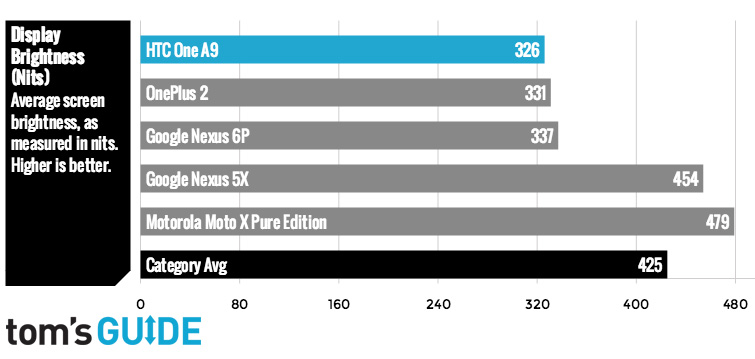
You might have trouble looking at the A9's screen in bright daylight, though. Measuring just 326 nits on our brightness meter, the One A9's display is dimmer than the screens of the average smartphone (405.9 nits), the OnePlus 2 (331 nits), the Nexus 6P (337 nits), the Nexus 5X (454 nits) and the Moto X Pure (479 nits). Among these phones, only the Moto X and Nexus 6P have a higher resolution (2560 x 1440).
Reproducing 165 percent of the sRGB gamut, the One A9 is capable of displaying more colors than can the average smartphone (117 percent), the OnePlus (104.4 percent), the Nexus (106.3 percent) and the Moto (106.4 percent). The Nexus 6P takes the lead, though, displaying 187 percent.
With a Delta-E error rating of 5.4, the One A9's screen is less accurate than that of the average smartphone (3.31), the OnePlus 2 (2.0), the Moto X Pure (2.8), the Nexus 6P (2.5) and the Nexus 5X (0.61). Numbers closer to zero are better.
Audio: BoomSound, strings attached
Doing away with the dual front-facing BoomSound speakers from its more-premium brother, the One A9 has one solo speaker on the bottom edge that pumped out enough sound to fill a small meeting room. However, songs such as Adele's "Hello" and Taylor Swift's "Wildest Dreams" sounded tinny at top volume via the speaker.
The One A9 does have BoomSound enhancements, but it's only available for wired playback. That means you can plug in your wired (not Bluetooth) headphones or speakers for Dolby Audio enhancements, and pick from profiles for HTC Earbuds, HTC In-Ear, HTC Pro Studio or Other.
MORE: The Best Cellphone Plans for Families and Individuals
HTC provided us with a set of Pro Studio earphones ($80, sold separately). I plugged these in, selected the relevant profile, and immediately noticed a significant bass boost and increased surround sound. I could make out the sounds of Adele talking into a phone and a dial tone under her majestic vocals, which enveloped me like a musical hug.
With my Apple earbuds on the Other profile, the improvements were less significant, but when I picked the HTC Pro Studio profile (despite having Apple earphones plugged in), the bass boost was more noticeable.
Android Marshmallow with some Sense
HTC has come to its senses on the software front, and scaled back its Sense UI interface on the One A9. Laid on top of Android 6.0 Marshmallow, the new Sense UI looks mostly similar to stock Android, with a few exceptions.
Sense's lock screen gives you one-swipe access to the Dialer, Messages, Chrome and Camera apps, while Marshmallow offers only Ok Google and Camera. To make a call or send a message from the lock-screen apps, however, HTC requires a password or fingerprint input before allowing access.
Another noticeable difference is that the Sense UI software navigation buttons for Back, Home and Recent Apps look like the ones from Android KitKat rather than Marshmallow's minimalistic triangle, circle and square.
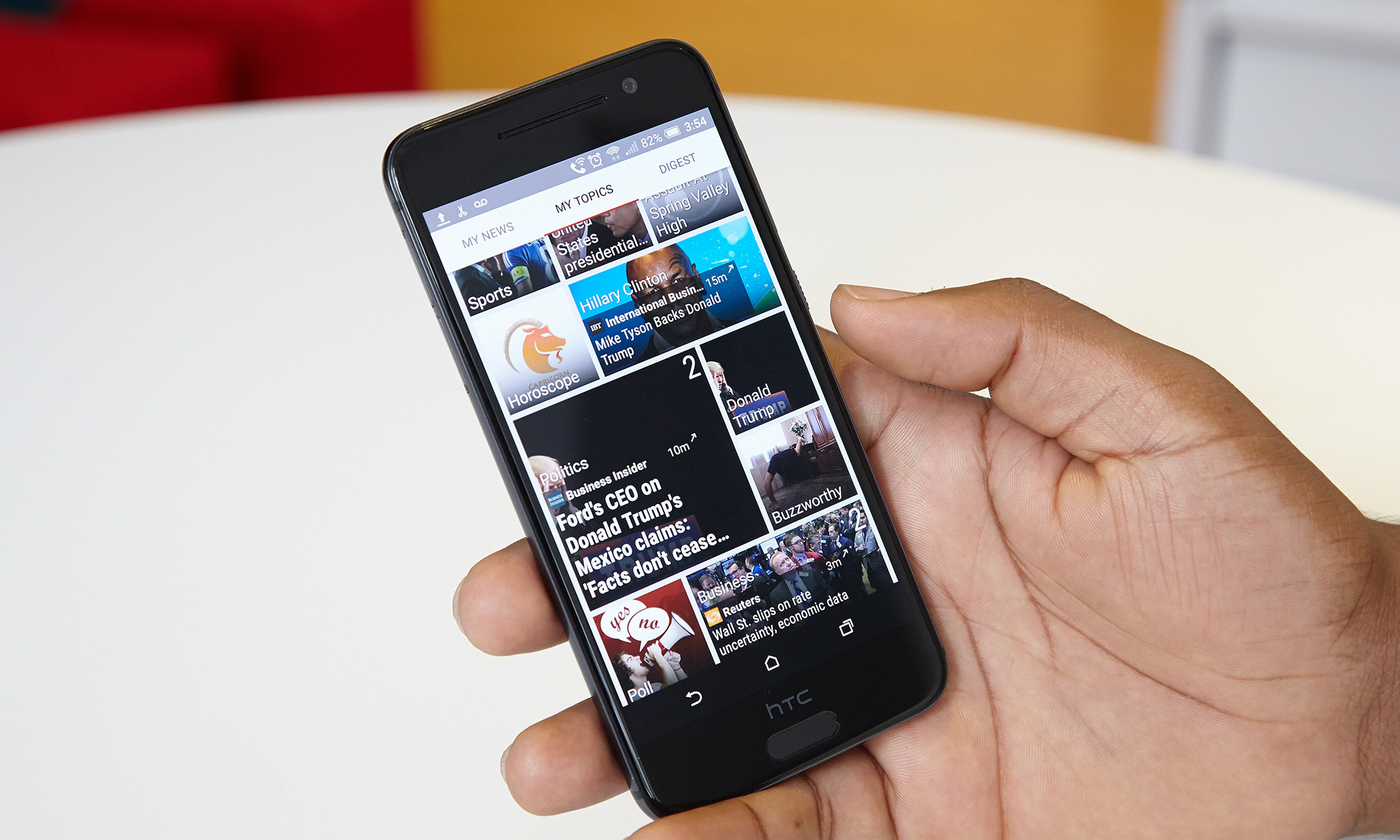
Swipe all the way to the left from the home screen, and you'll get HTC's Blinkfeed, a Flipboard-like news-aggregation app that shows you a customized news feed based on your reading and social activity. Thankfully, you can always remove this page if you don't like it.
I like the Themes tool that lets you skin your phone with a new wallpaper, color scheme and app icons, but I prefer Samsung's TouchWiz for this function. The latter provides more-comprehensive themes that take over every part of the interface, including the notifications drawer and individual apps such as Dialer, Messaging and Gallery.
Performance
The One A9's 1.5/1.2-GHz octa-core Snapdragon 617 CPU, with 3GB of RAM, is good enough for light tasks, but struggled with more taxing multitasking. Posting to Facebook or looking up movie reviews was smooth, but the One A9 stuttered whenever a new customer appeared in my game of Cooking Dash. This happened while several apps (such as Gallery, Settings, Camera, Drive, Messages, Browser and Themes) were open, but also after I closed all other apps.
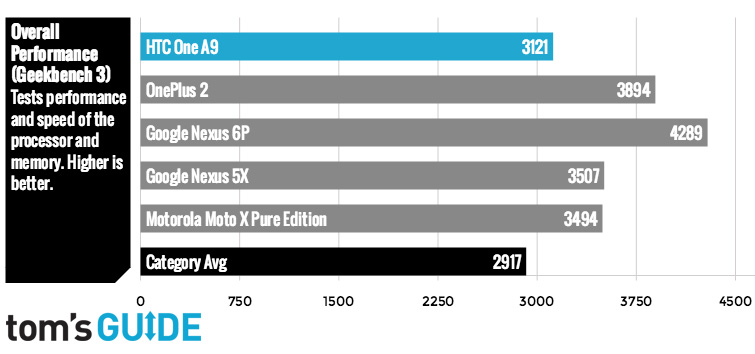
On the general-performance test Geekbench 3, the One A9 netted 3,121 to beat the average smartphone (2,564), but lost to the octa-core Snapdragon 810-armed OnePlus 2 (3,894), the hexa-core Snapdragon 808-powered Nexus 5X (3,507), the octa-core Snapdragon 810-equipped Nexus 6P (4,289) and the hexa-core Snapdragon 808-backed Moto X Pure (3,494).
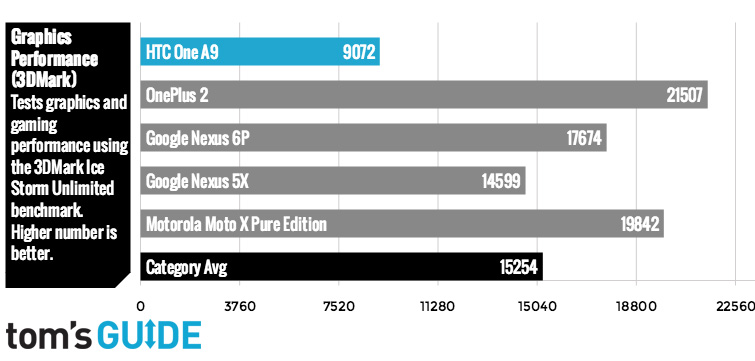
While such casual games as Cooking Dash looked great on the One A9, people looking for top-notch graphics might want a more powerful phone. Scoring just 9,072 on the 3DMark Ice Storm Unlimited benchmark, the One A9 delivered poorer graphics than the average smartphone's 14,896, the Nexus 5X's 14,599, the Moto X Pure's 19,842, the Nexus 6P's 17,674 and the OnePlus 2's beastly 21,507.
Cameras: Shines in low light
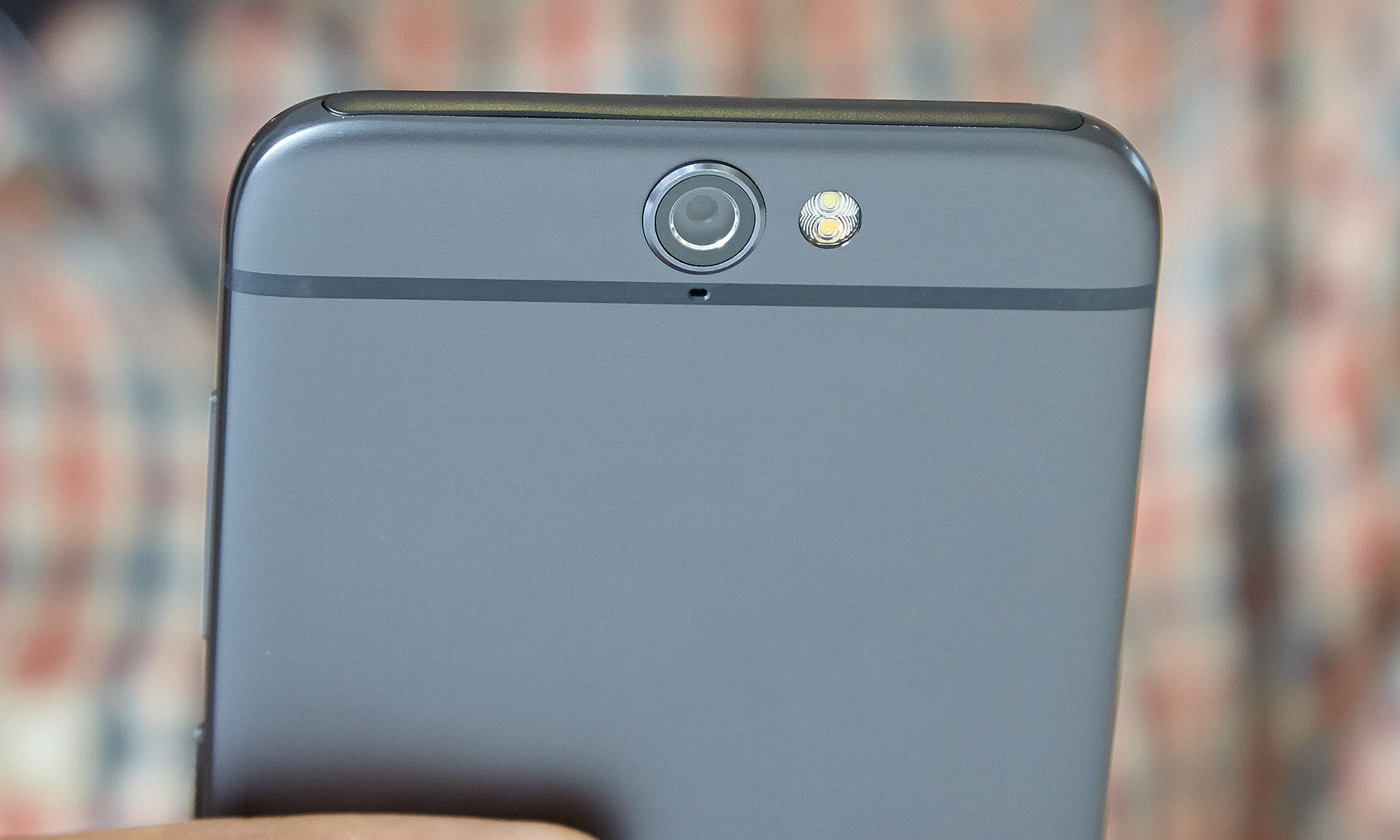
I was surprised by how well shots from the One A9's cameras turned out, especially in low light. HTC's 13-megapixel shooter comes with optical image stabilization for sharp pics every time, and, in my testing, the camera lived up to that claim.
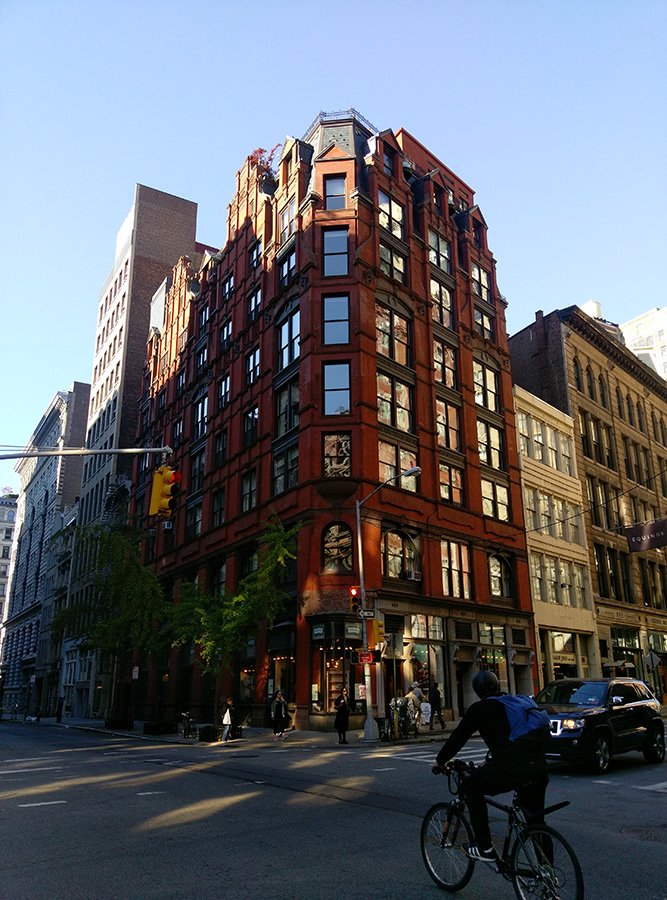
I loved the rich green leaves and deep red of a building in my shots of Manhattan streets, as well as the sharp detail in the intricate pattern under the windows.

My picture of a plaid-clad co-worker throwing me some sass was clear down to every last hair on his beard. The red and grey stripes on his shirt were vibrant enough to make any hipster proud.

The One A9 really shone in low light, adeptly capturing a row of carved pumpkins glowing in the dark. Each pumpkin's cheeky face was clear, although the varying degrees of orange looked more like red.

The same shot taken with the iPhone 6s had more-neutral colors, while the Nexus 6P was better at exposing for the candlelight. It captured the inside of the pumpkins better than did the HTC and iPhone, which both overexposed the fruits' guts.

I also liked the camera's flash, which was strong but not overpowering, and kept colors true.

The One A9's flash is actually better than the Nexus 6P's and the iPhone 6s'. The former was somewhat green, while the latter has a reddish hue.
The 1080p video I shot of Manhattan traffic was smooth and vibrant, with yellow cabs popping against the neutral buildings in the background.
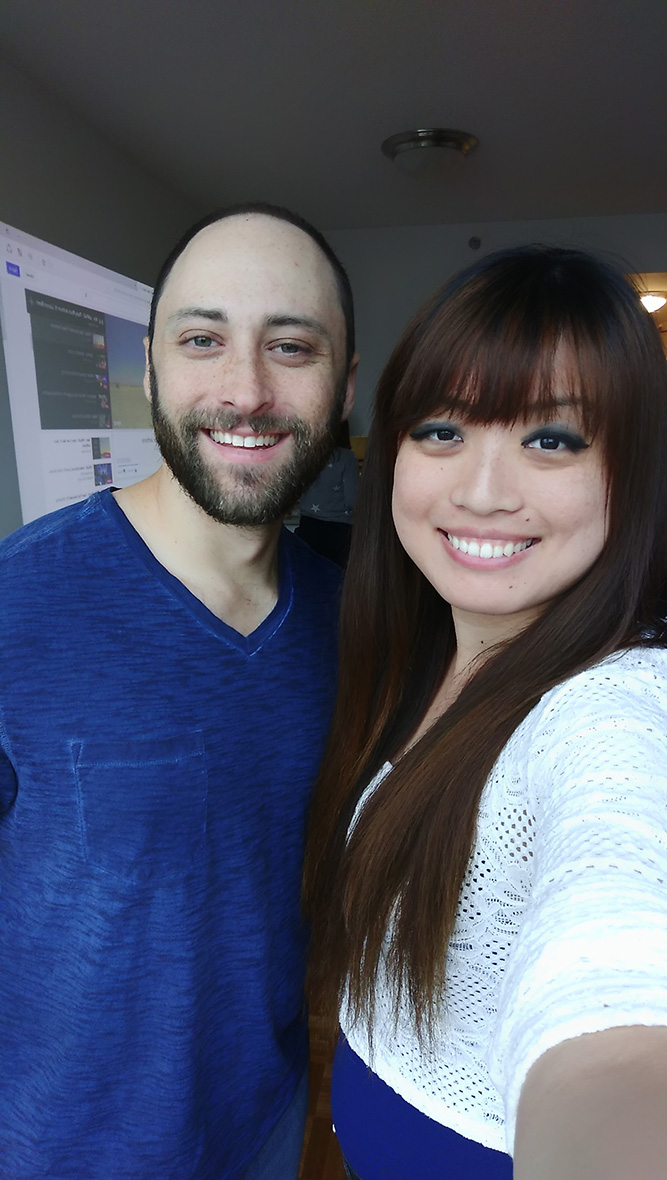
The UltraPixel camera up front took vivid, sharp selfies, and my friend's blue T-shirt popped against the neutral background. Every strand of his beard was clear.
HTC offers Hyperlapse, Slow Motion, Panorama and Pro modes on its camera app. When shooting in Pro Mode, you can save your image as a RAW file, which retains more information for editing later, and manually tweak settings such as ISO light sensitivity, white balance, exposure compensation and shutter speed.
When viewing your photos in the Gallery, you can also enhance them with the built-in Editor tool, which not only lets you enhance lighting, color and crop sizes but also includes fun tools that let you layer and blend photos together.
Battery Life: Just the workday
Clocking 8 hours and 29 minutes on our battery test (Web surfing over T-Mobile's LTE network at 150 nits of brightness), the HTC One A9 will last you just about a full workday.
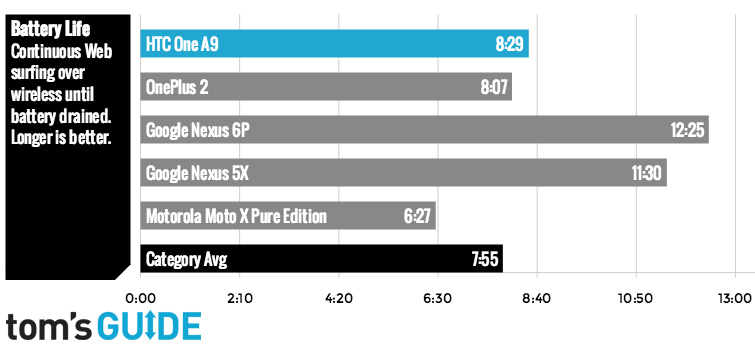
Its 2150-mAh battery outlasted the average smartphone (8:11), the OnePlus 2 (8:07) and the Moto X Pure (6:27), but lost to the long-lasting Nexus 5X (11:30) and Nexus 6P (12:25).
MORE: Smartphones with the Longest Battery Life
Bottom Line
There are many things to love about the HTC One A9: Its great cameras, beautiful, if too-familiar design, convenient fingerprint sensor and relatively low price of $400. But it lacks the multitasking prowess of other phones in this price range. Also, if you get it after Nov. 6, it'll cost $500 — not quite the steal it is now.
At $379, the Nexus 5X also rocks Android Marshmallow and a fingerprint reader, but provides a whopping 11-hour battery and speedier performance. Its camera is also solid, and Android fans may prefer the stock OS. However, the Nexus' plastic frame isn't quite as sexy as the One A9's. Once the price goes up on the One A9 to $499, its closest competitor will be the Nexus 6P, which offers longer battery life and faster performance.
Overall, the HTC One 9 is a very good midrange phone, but it’s not quite the best in its class. If you're going to get it, we suggest buying while the limited-time $399 pricing lasts.
Cherlynn is Deputy Editor, Reviews at Engadget and also leads the site's Google reporting. She graduated with a Master’s in Journalism from Columbia University before joining Tom's Guide and its sister site LaptopMag as a staff writer, where she covered wearables, cameras, laptops, computers and smartphones, among many other subjects.
